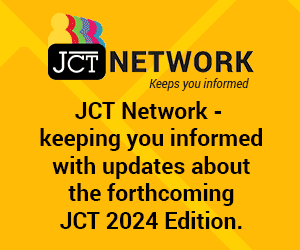Heat networks are sometimes criticised for being expensive and inefficient. In fact, when they’re properly designed and well maintained, they can use over 30% less energy than homes heated by individual gas boilers. This makes them one of the most cost-effective low-carbon solutions for urban areas and a crucial part of the Government’s net-zero strategy. It’s estimated that by 2050 they will meet 20-43% of UK heat demand, compared to 3% today.
Badly run
Unfortunately, many heat networks operate at only 35-45% efficiency, primarily due to poor maintenance.
As well as bigger bills, this can lead to higher emissions, impaired comfort for residents, shorter repair and replacement cycles and even safety issues. The success or failure of these high-value assets often rests in the hands of those maintaining it.
Skills shortage
Unlike stand-alone gas boilers, heat networks are interconnected systems comprising numerous interactive elements. Work on any single part may have ripple effects on all properties connected to the network.
It’s essential to get the right people for the job, or they can easily do more harm than good. However, as heat network growth accelerates, M&E service providers with the specific training and skills needed are in ever-higher demand.
Checklist
So, how do you go about hiring a good heat network maintenance contractor in a seller’s market? Here’s our five-point guide to help you ask the right questions.
1. Specialist knowledge: can they explain in detail how your system works and how they intend to maximise efficiency and reduce heat loss? Do they have a sound understanding of CIBSE’s Heat Network Code of Practice (CP1 2020)?
2. Holistic approach: do they provide an end-to-end service covering heating interface units (HIUs) and metering systems? This is a good indication that they have the have the necessary holistic knowledge to optimise your entire network.
3. Energy audit: can they do an efficiency survey to identify and resolve problems? This typically results in performance improvements of 10-20%. In a 50-unit development, that’s around £9,600-£16,100 in annual savings.
4. Data savvy: do they offer data monitoring and analysis to spot and rectify inefficiencies? O&M providers proposing innovative data tools are more likely to have the kind of expertise you need.
5. Detailed: ensure your contract is very specific about how equipment will be maintained, e.g., stripping down and checking bearings instead of just looking for leaks. Using standards like CIBSE CP1 for HIUs or SFG 21 for plant rooms is helpful here.
Heat networks are complex systems that are only ever as good as how they’re operated. Time spent finding the right supplier is definitely well spent.




